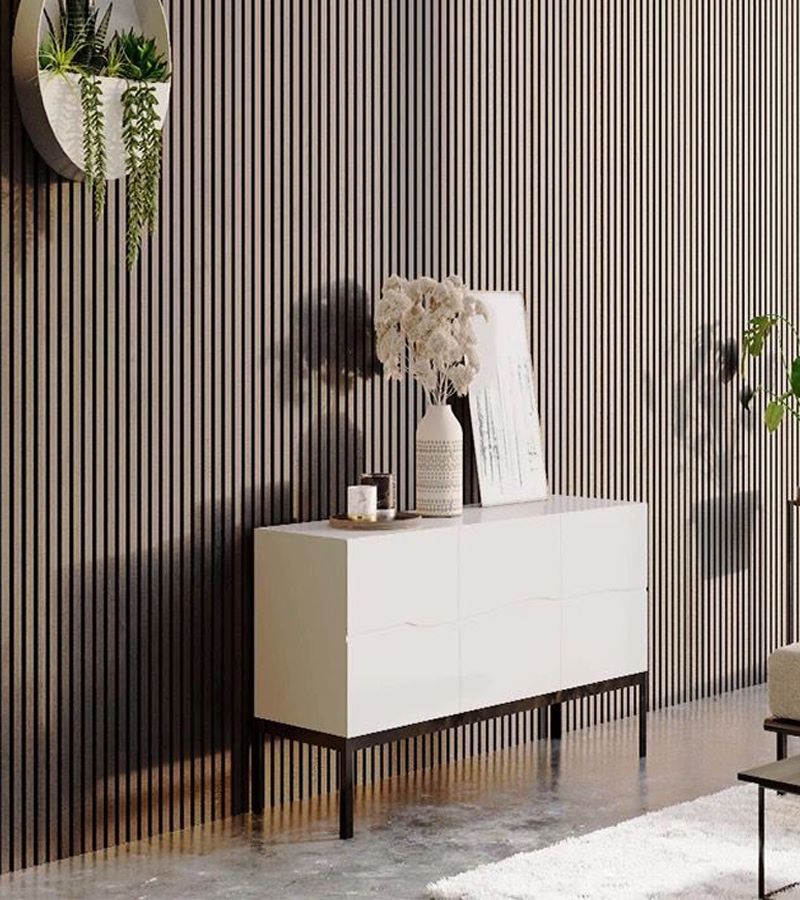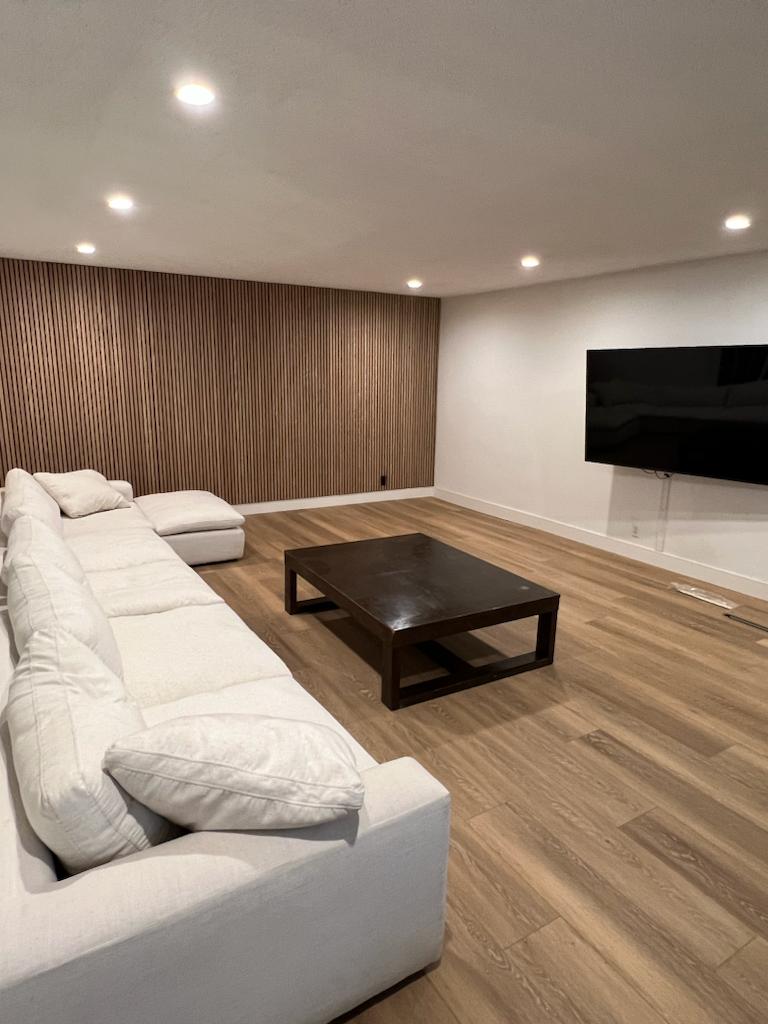Should You Waterproof Your Wood Panels?Should You Waterproof Your Wood Panels?

Should You Waterproof Your Wood Panels?
Any interior can benefit from the warmth and beauty that wood panels bring, but because of their inherent composition, they are susceptible to moisture damage. Knowing how to prevent water damage to wood panels is crucial whether you’re remodeling a bathroom, updating a kitchen, or improving a living area. This guide examines how waterproof wood panels may be and offers helpful advice to prolong their lifespan.
Understanding Wood Panels and Water Resistance
Wood panels come in various types, including solid wood, veneer, and engineered options. While some panels are treated to resist moisture, others require additional protection. It’s crucial to recognize that not all wood panels are inherently waterproof. When selecting finishes for wood panels, it’s essential to consider both aesthetics and durability, especially in moisture-prone areas
.
Types of Wood Panels
- Solid Wood Panels: Made from a single piece of wood, these panels offer natural beauty but are highly susceptible to water damage if not properly sealed.
- Veneer Panels: Comprising a thin layer of wood over a substrate, veneer panels can be more stable but still need protection against moisture.
- Engineered Wood Panels: Designed for durability, these panels often include treatments for moisture resistance but may still benefit from additional sealing.
The Importance of Waterproofing Wood Panels
Water exposure can lead to swelling, warping, and mold growth in wood panels. Waterproofing not only preserves the aesthetic appeal but also extends the lifespan of the panels. While wood panels can elevate the design of any room, applying a quality sealant remains crucial for long-term performance
.
Benefits of Waterproofing
- Prevents Damage: Sealing wood panels protects against common issues like rot and discoloration.
- Enhances Durability: Proper treatment ensures panels withstand humid environments, making them suitable for bathrooms and kitchens.
- Maintains Appearance: Waterproofing helps retain the original look and finish of the wood over time.
Methods to Waterproof Wood Panels
Protecting wood panels involves selecting the right sealant and applying it correctly. Here are effective methods to consider:
1. Use of Sealants
Applying a high-quality sealant creates a barrier against moisture. Options include:
- Polyurethane: Offers robust protection and is ideal for high-moisture areas.
- Varnish: Provides a glossy finish while sealing the wood.
- Oil-Based Sealers: Penetrate deeply into the wood, offering long-lasting protection.
2. Proper Installation Techniques
Ensuring panels are installed correctly can prevent water ingress:
- Gaps and Joints: Seal all joints and edges to prevent water from seeping in.
- Ventilation: Adequate airflow reduces humidity levels, minimizing moisture accumulation.
3. Regular Maintenance
Ongoing care is vital for maintaining waterproofing:
- Inspection: Regularly check for signs of wear or damage.
- Reapplication: Reapply sealants as needed to maintain effectiveness.
- Cleaning: Use appropriate cleaning agents to avoid degrading the sealant.
Frequently Asked Questions (FAQ)
Are all wood panels waterproof?
No, not all wood panels are waterproof. Most standard wood panels, including solid wood and veneer, are susceptible to moisture unless they are specially treated or sealed. Engineered wood panels may have some moisture resistance, but additional waterproofing is typically recommended for humid or wet environments.
Can I use wood panels in a bathroom?
Yes, you can use wood panels in bathrooms, but they must be properly sealed with waterproof coatings such as polyurethane or varnish. Additionally, good ventilation and correct installation techniques—like sealing joints—are essential to prevent water damage.
How often should I reseal my wood panels?
The frequency of resealing depends on the environment and the type of sealant used. In high-humidity areas like bathrooms or kitchens, resealing every 1–2 years is often necessary. Always inspect your panels regularly for signs of wear, and reapply sealant as needed. Regular maintenance not only preserves the appearance of your wood panels but also enhances their water resistance
.
What is the best sealant for waterproofing wood panels?
Polyurethane is one of the most effective sealants for waterproofing wood panels, especially in areas exposed to moisture. Oil-based sealers and marine varnish are also strong options, offering deep penetration and long-lasting protection.
Will waterproofing affect the look of the wood panels?
Some sealants can enhance the natural grain and color of the wood, giving it a richer appearance, while others may add a glossy finish. If you prefer a more natural or matte look, choose a clear, matte sealant or test different finishes on a sample before applying it to your panels.
Learn how to market wood panels effectively with insights from this online resource.
May 23, 2025May 23, 2025